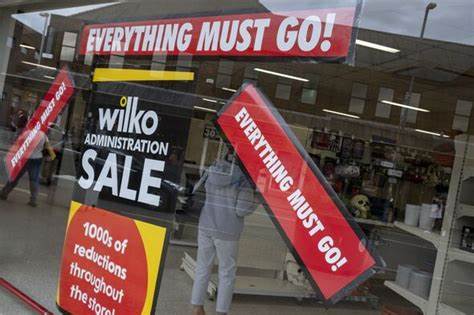An exit poll in the Republic of Ireland suggests that Sinn Féin has 21.1% of first preference votes with Fine Gael having 21%, making the result of the general election too close to call.
The poll indicates Fianna Fáil has 19.5% of first preference votes.
It also suggests that 20% of the second preference votes goes to Fianna Fáil and Fine Gael, with Sinn Féin at 17%.
The results were published at 22:00 local time and was carried out by Ipsos B&A for RTÉ, The Irish Times, TG4 and Trinity College Dublin. It has a margin of error of 1.4%.
Results also indicate that the Green Party first preference support stands at 4%; Labour at 5%; the Social Democrats at 5.8%; People Before Profit-Solidarity at 3.1%; and Independents at 12.7%, Independent Ireland 2.2% with others on 1.9%.
The poll is based on 5,018 completed interviews that were carried out immediately after people voted at polling stations in 43 constituencies across the Republic of Ireland.
In the 2020 Irish general election, Sinn Féin secured 24.53% first preference votes, while Fianna Fáil obtained 22.18% and Fine Gael got 20.86%.
The results from this poll set the scene for the official counting of votes which starts at 09:00 local time on Saturday and is expected to continue across the weekend.
‘Could be a challenge’
Analysis by BBC News NI’s political editor, Enda McClafferty
Exit polls are far from an exact science, but they are a good indicator of where the votes go.
In 2020, it correctly predicted a close battle between Fine Gael, Fianna Fáil and Sinn Féin and in the end, only three seats separated the parties
If the exit poll is right this time, then Sinn Féin will be pleased with its performance.
Coming in slightly ahead of Fine Gael, but short of the almost 25% Sinn Féin secured in 2020.
The party limped into the election campaign of the back of a series of damaging controversies and poor European and local council elections in June when it secured just 12% of the vote.
Over the three-week campaign, it managed to recover the lost ground with the promise of bringing change.
But delivering on that pledge could be a challenge if the exit poll is right.
It suggests Fine Gael on 21% and Fianna Fáil on 19.5% could return to the government benches, with the help of two smaller parties and some independents.
While Sinn Féin’s path to power is more challenging as it had hoped to lead a coalition of left-leaning parties, it may struggle to get the numbers with the performance of those smaller parties.
But the true picture will only become clear when all results are in.
It is possible that some of the 43 constituencies may not have a final result until the beginning of next week.
Successful candidates are known as Teachtaí Dála (TDs) and there are 174 seats to fill, but the Ceann Comhairle (speaker) is returned automatically.
More than 680 candidates competed for the remain 173 seats.
The number of seats required for an overall majority is 88 but no single party is fielding enough candidates to win a majority on its own.
The first meeting of the new Dáil (lower house of parliament) is on 18 December but it is unlikely coalition negotiations will have finished by then.
A government will be officially formed when the Dáil passes a vote to install a new Taoiseach.
Few expect the new government to be in place before 2025.












































